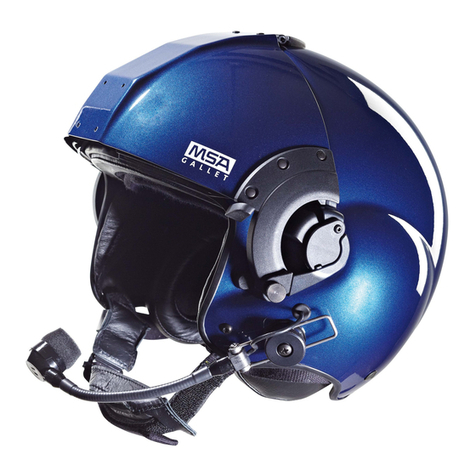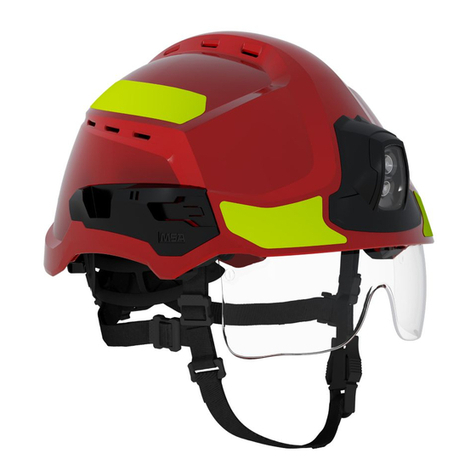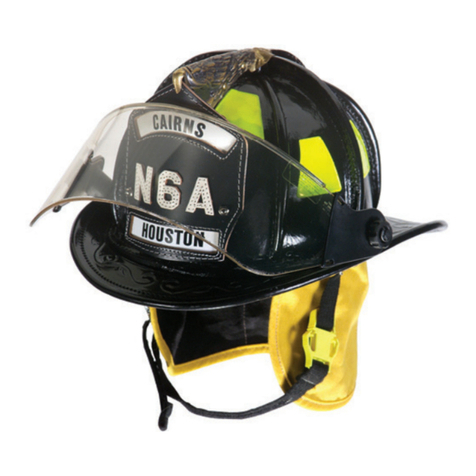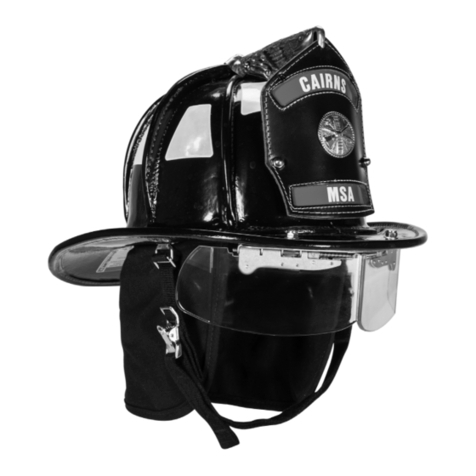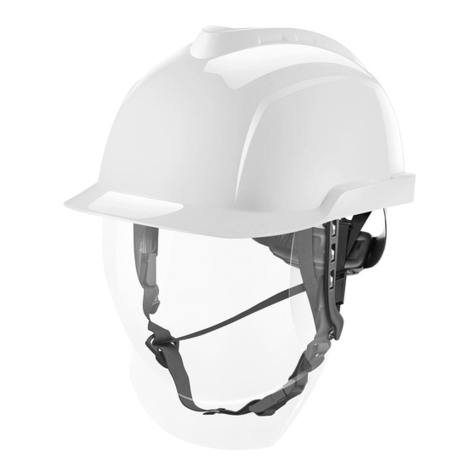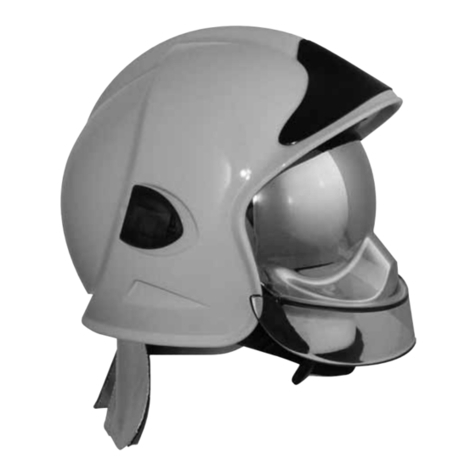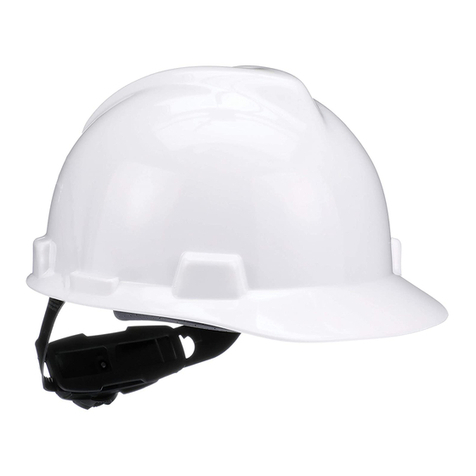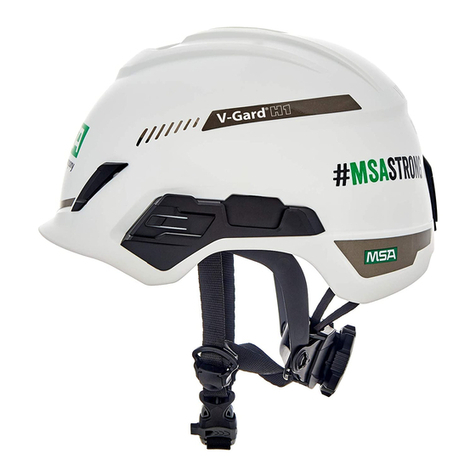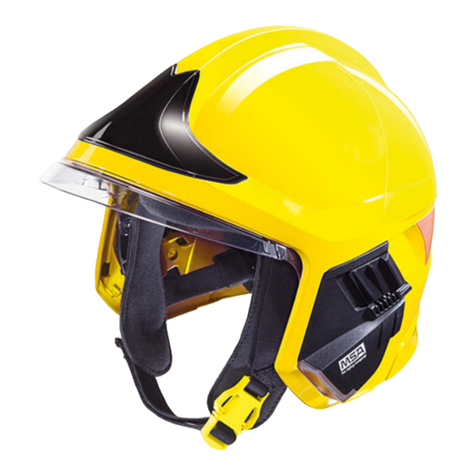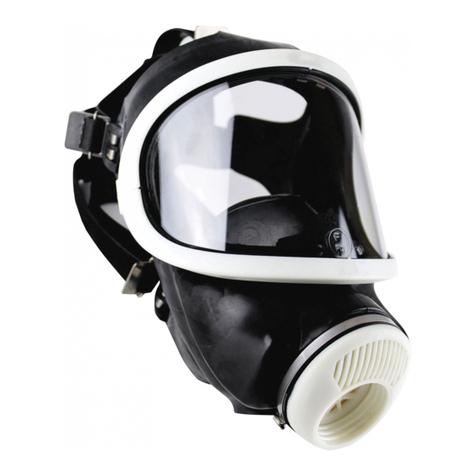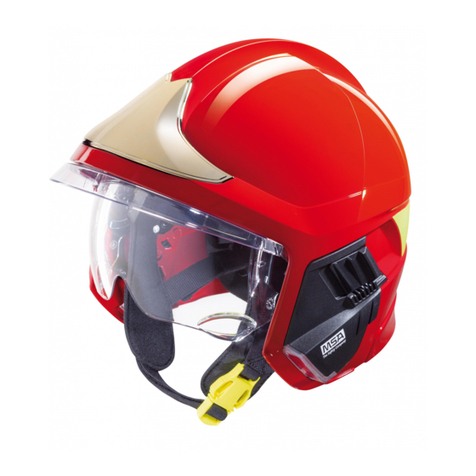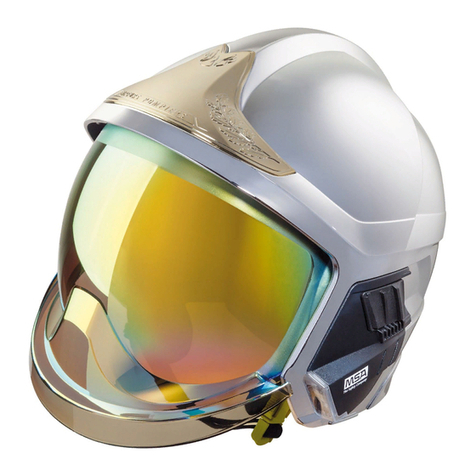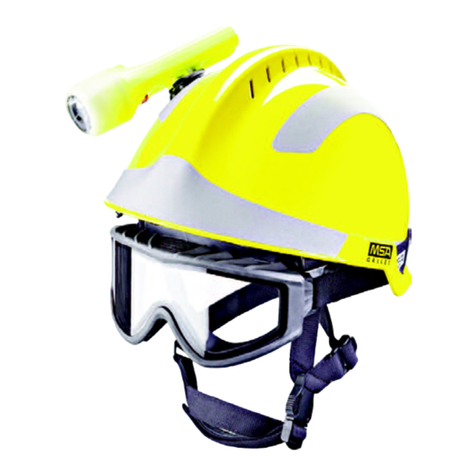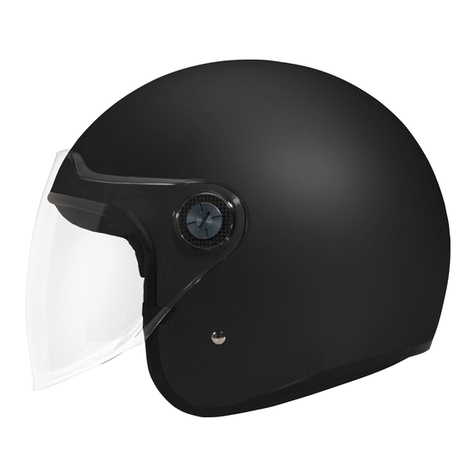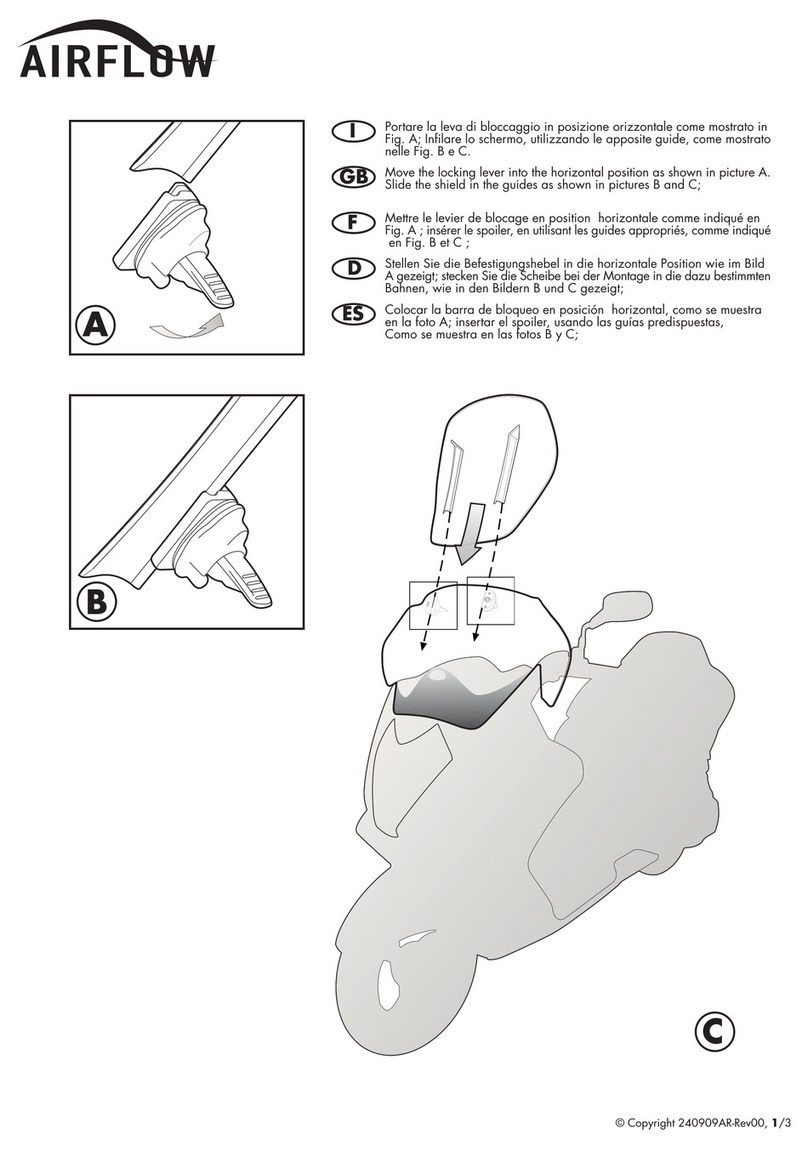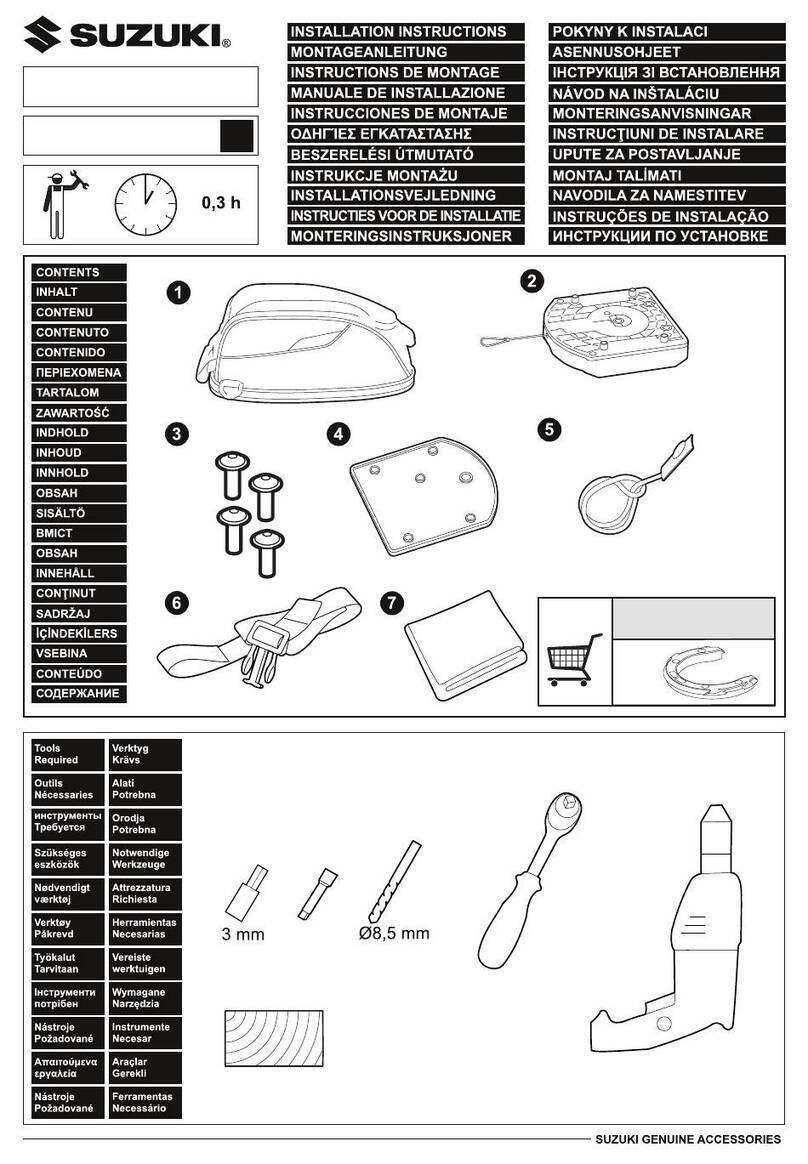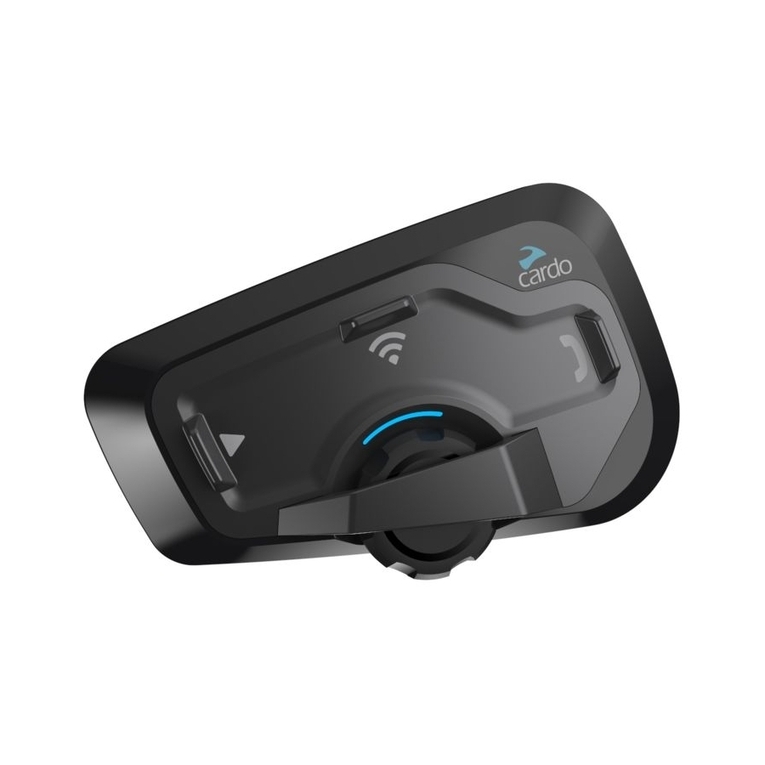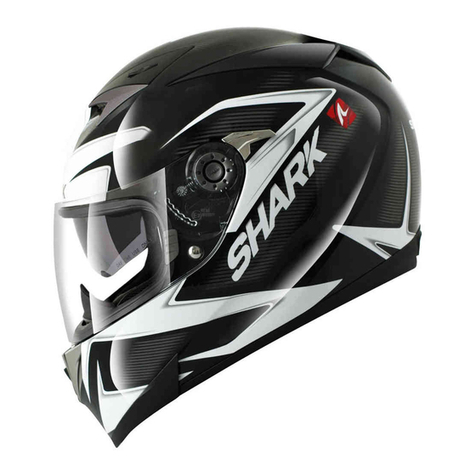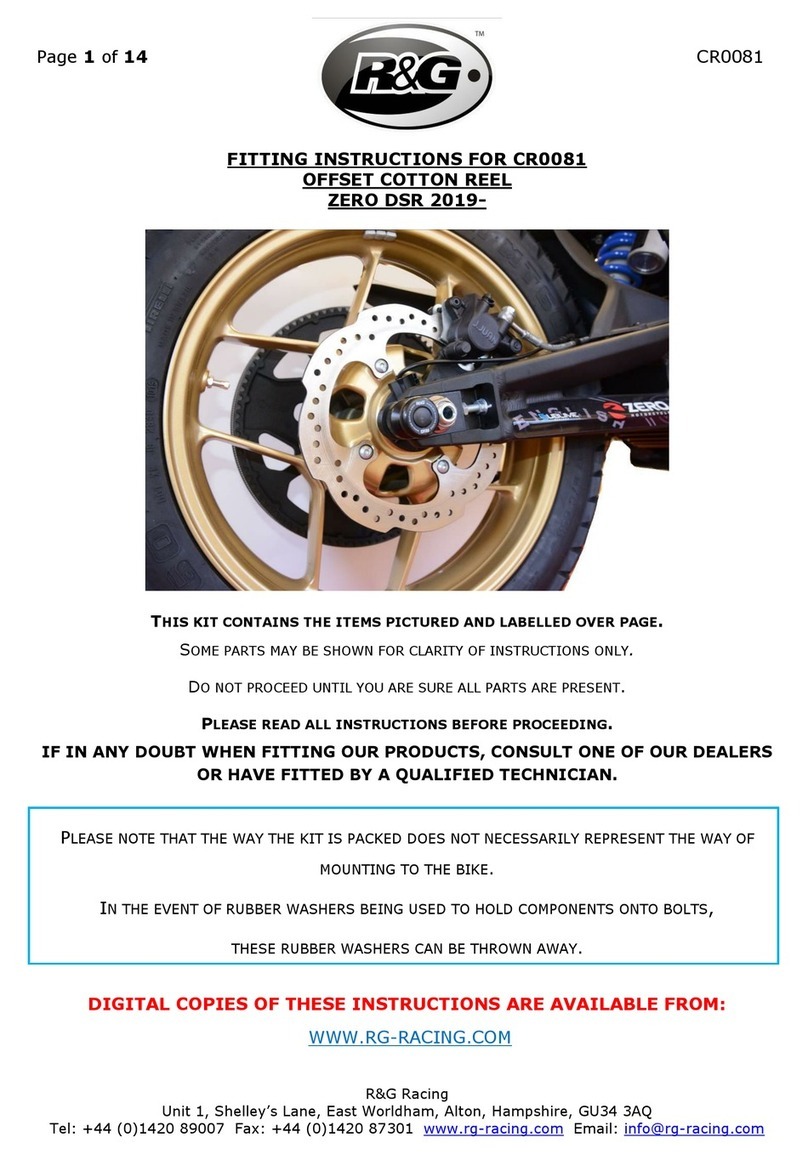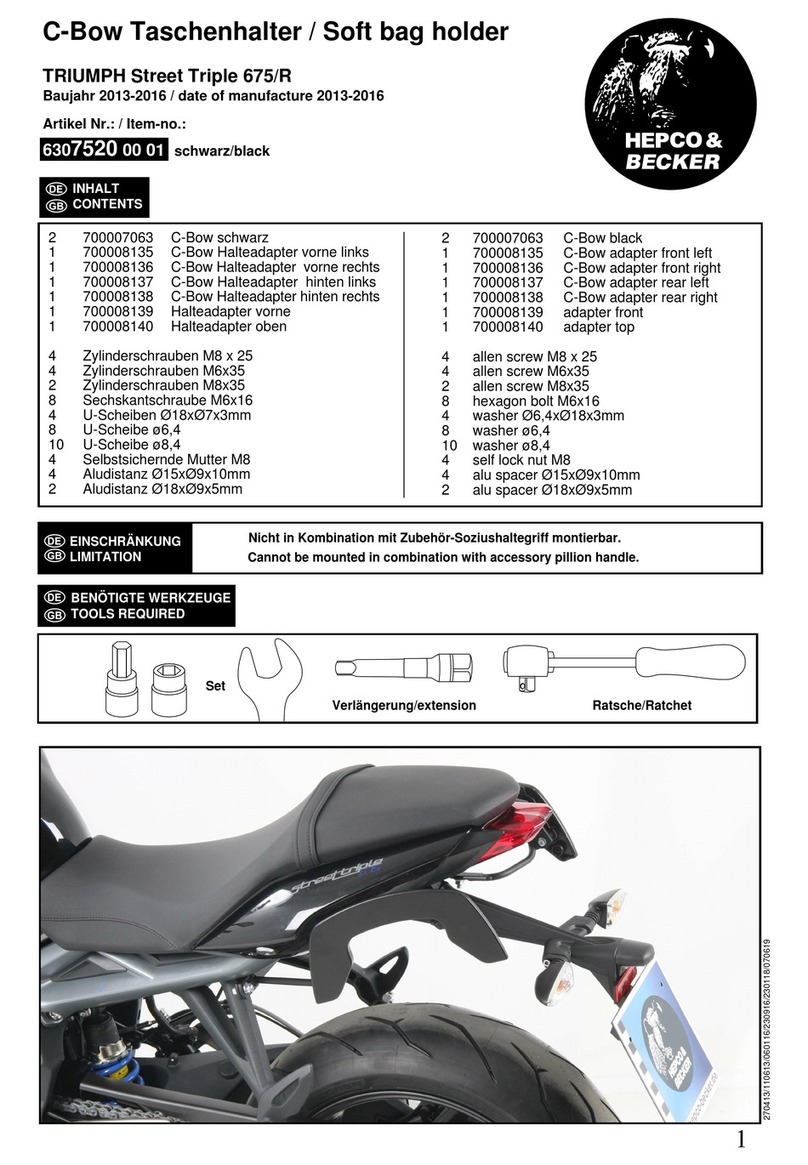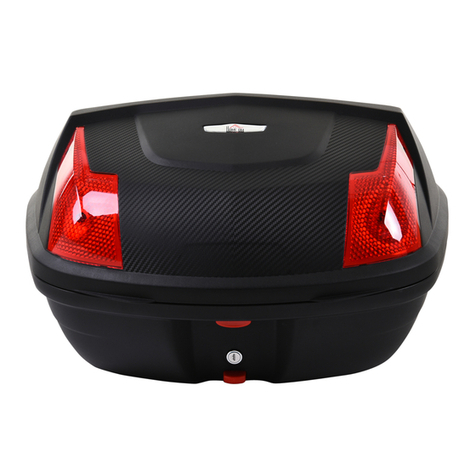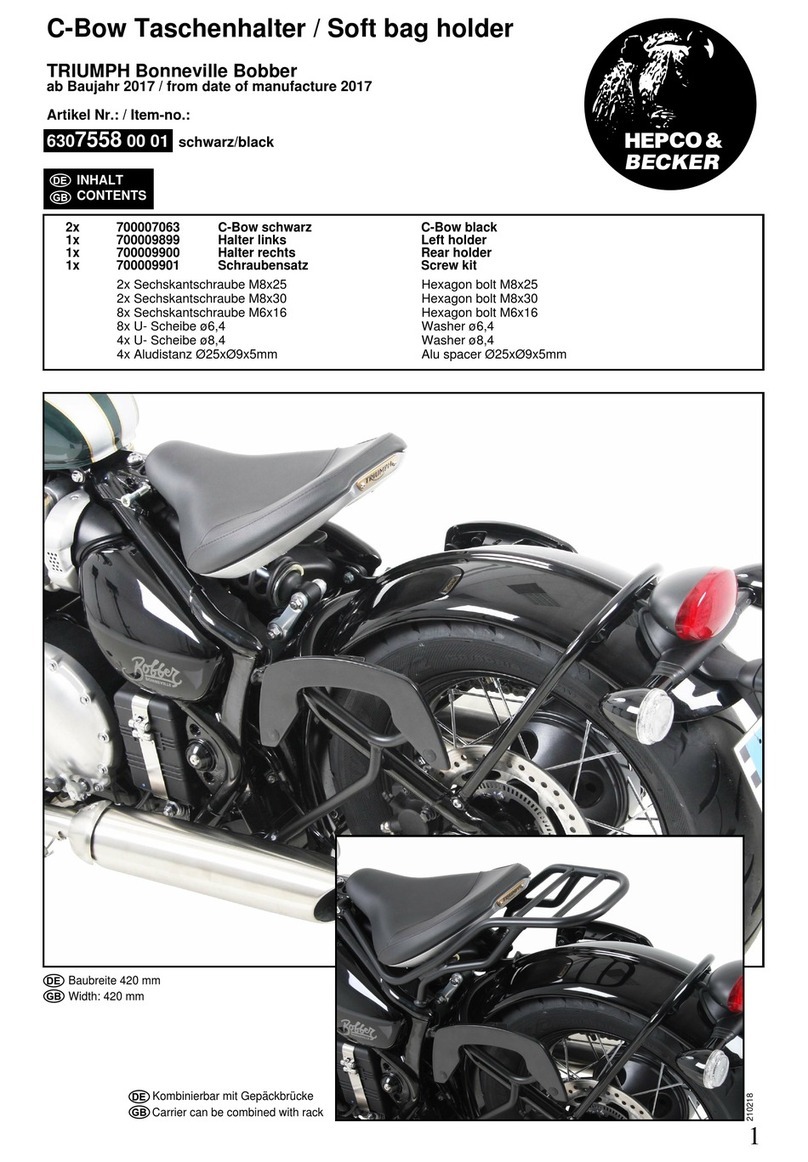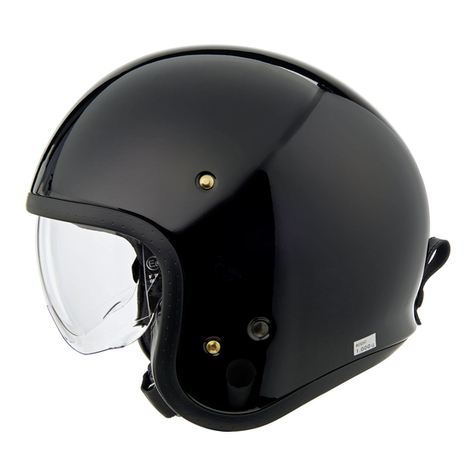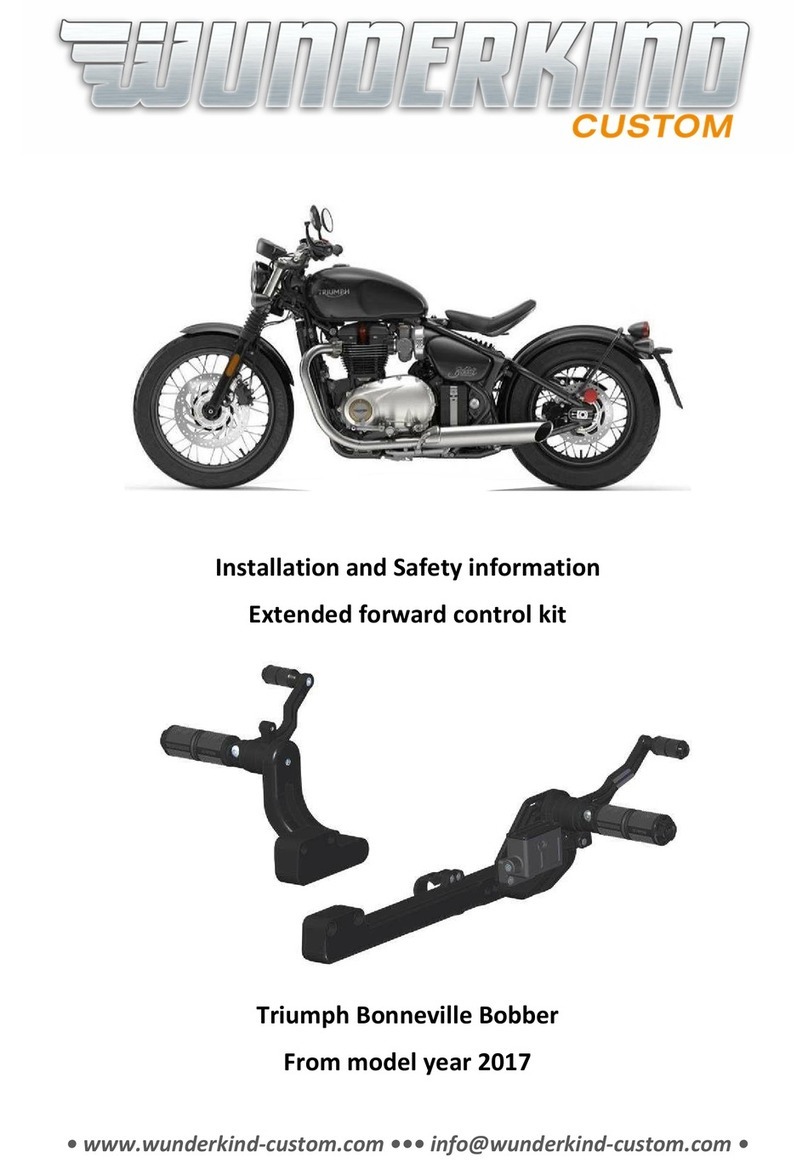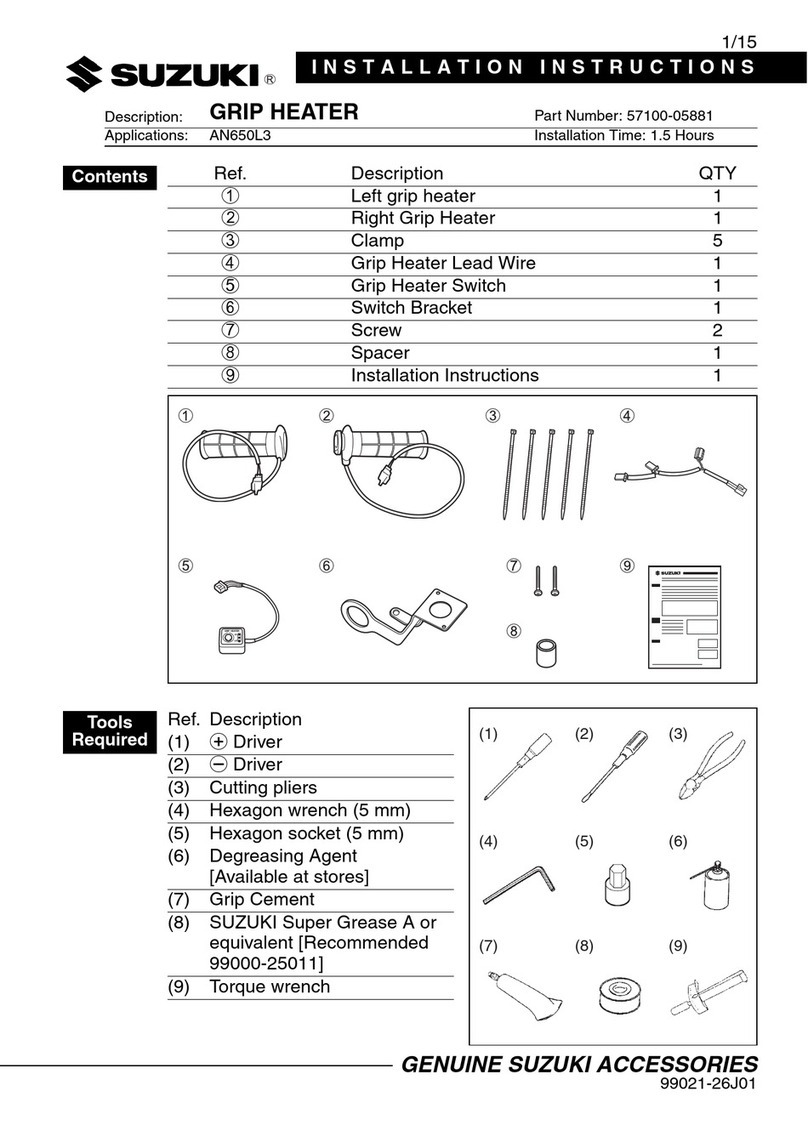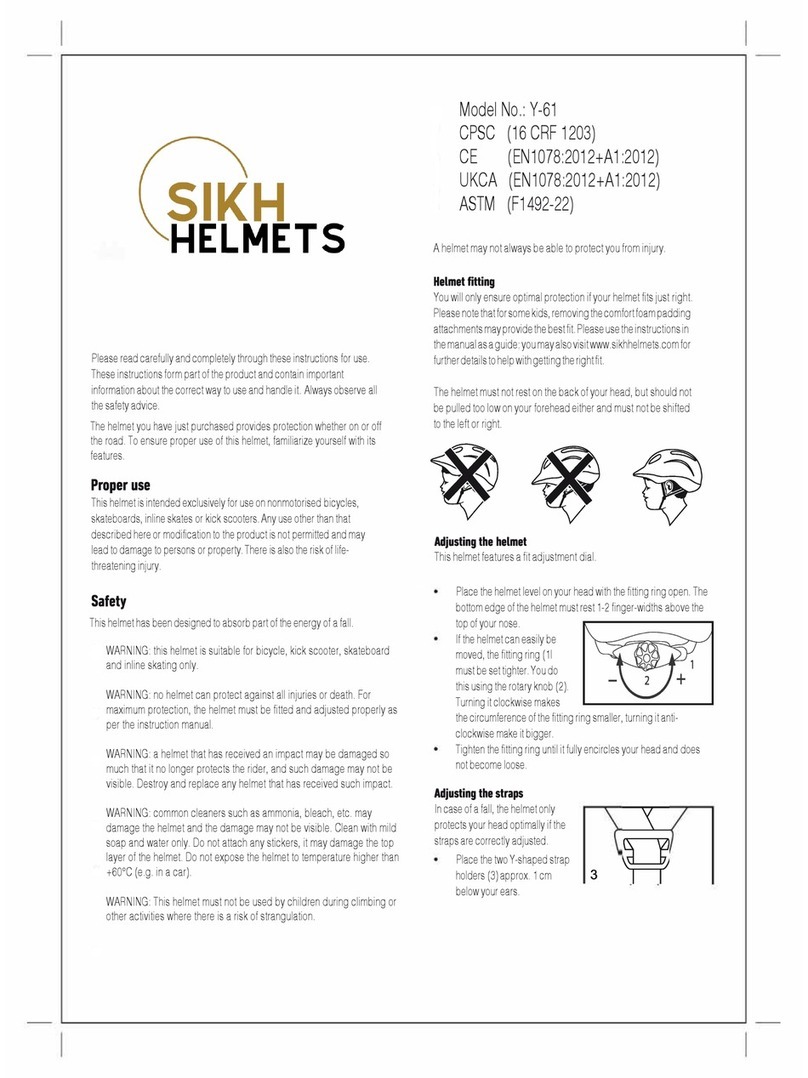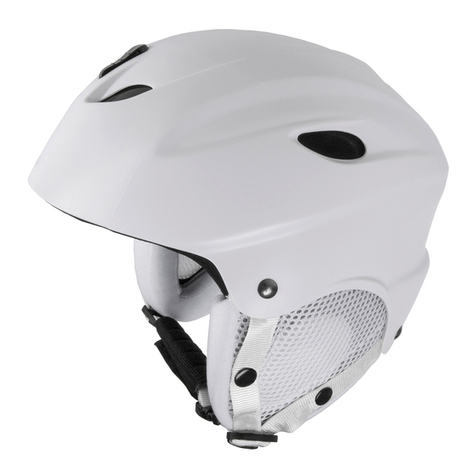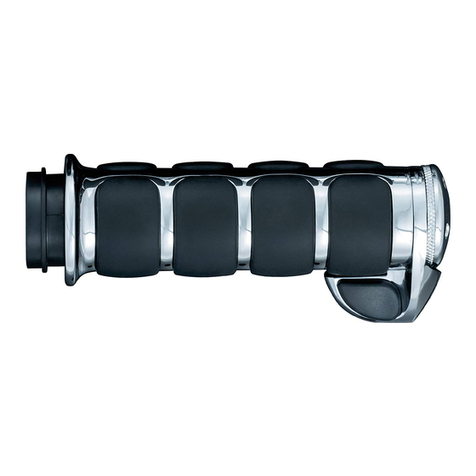
Maintenance manual
MSA, Châtillon sur Chalaronne • Tél. +33 (0)474 55 01 55 •
E-mail info.fr@MSAsafety.com
2
WARNING NOTICE
Thank you for putting your trust in
MSA
Read these instructions carefully before using your helmet.
Failure to follow these instructions could reduce the level of protection provided
by your helmet.
The level of protection provided by the helmet is only guaranteed if it has all the
original MSA parts. Therefore, any modifications made to your helmet or the absence of
any of the parts forming the original helmet will make the equipment supplied non-compliant,
releasing MSA from all liability.
In order to keep improving its products, MSA reserves the right to modify them
without prior notice.
To provide sufficient protection, this helmet must be fitted and adjusted to the head size
of its wearer.
The helmet is made in such a way that any energy received during an impact is absorbed
by the destruction of or partial damage to the shell and impact cap; even if this damage is not
immediately apparent, replacement of the whole helmet is recommended after a major
impact.
Users' attention is also drawn to the danger of modifying or removing any of the original
parts of the helmet except where the modification or removal is recommended by the helmet
manufacturer. Under no circumstances should helmets be adapted so that accessories can
be attached using a process not recommended by the helmet manufacturer.
Do not apply paints, solvents, adhesives or stickers, except those recommended by the
helmet manufacturer's instructions.
LH 050 flight helmet is designed solely for helicopter pilots and helicopter
flight crew. It provides maximum comfort and protection.
It is available in three sizes, covering head circumferences from 52 cm to 64 cm. It
has an integrated visor and can be fitted with a wide range of communication systems,
on request. Contact us for more details.
Traceability is assured by a label showing a serial number.
After any obvious impact an inspection should be carried out by the maintenance
department or specialist workshop
.
